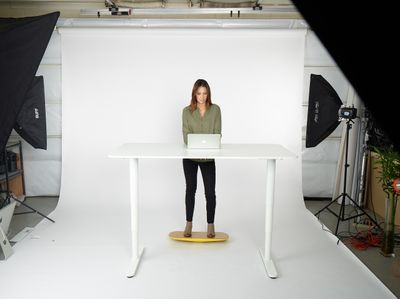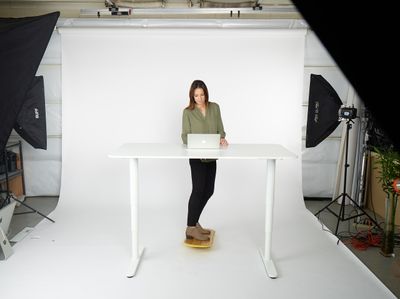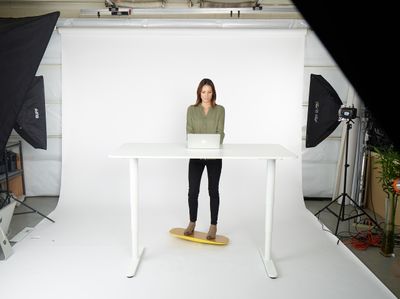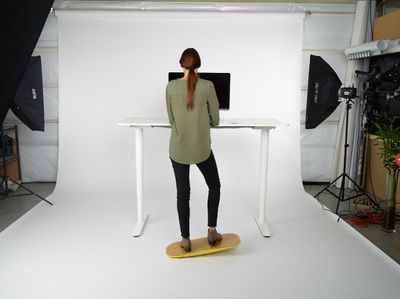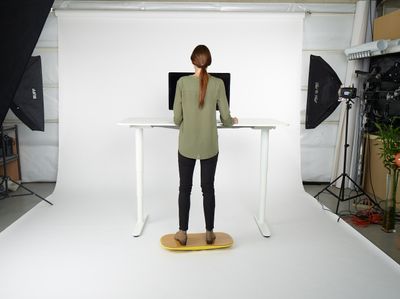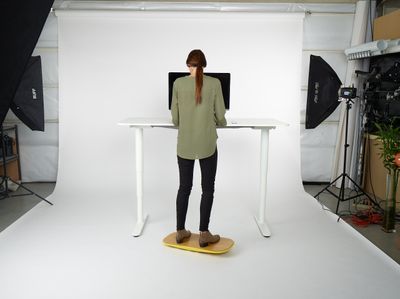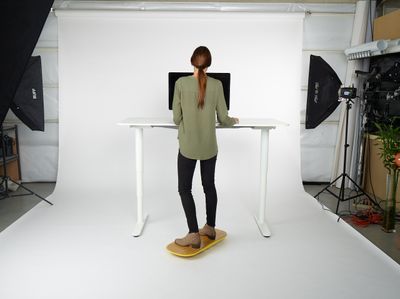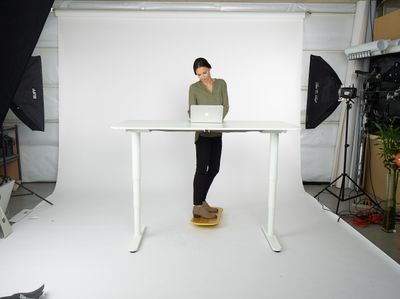Everything about the color Titanium
The meaning of the color titanium and color combinations to inspire your next creation.
Browse images in the color titanium
What color is titanium?
Titanium is a muted, medium gray with subtle hints of green and brown, resembling the natural metal's matte finish. It exudes a modern, industrial feel.
What are similar colors to titanium?
For variations within the same muted and earthy spectrum as titanium, consider:
- Taupe (#483C32) shares titanium's neutral tone with a slightly warmer, brownish hue.
- Pewter (#96A8A1) is similar with its grayish tint but leans more towards a bluish undertone.
- Graphite (#474A51) offers a darker, more intense gray that complements titanium's industrial vibe.
- Greige (#BEBEBE) combines gray and beige, providing a lighter, softer alternative to titanium.
What color goes with titanium?
To complement titanium's modern and neutral tones, consider pairing it with:
- Teal (#008080) adds a vibrant, contrasting pop of color that enhances titanium's muted quality.
- Sage (#BCB88A) offers a soft, natural green that harmonizes well with titanium's earthy undertones.
- Lavender (#E6E6FA) introduces a gentle, soothing contrast to titanium's industrial feel.
- Peach (#FFE5B4) provides a warm, inviting contrast that complements titanium's coolness.
What color conflicts with titanium?
To avoid clashing with titanium's muted tones, consider avoiding:
- Yellow (#FFFF00) can be too bright and overpowering against titanium's subtlety.
- Orange (#FFA500) may create a jarring contrast due to its vividness.
- Red (#FF0000) can be too intense and clash with titanium's calm demeanor.
- Crimson (#DC143C) might overwhelm titanium's understated elegance with its boldness.
What does the color titanium represent?
Titanium represents strength, durability, and resilience, often associated with the robust qualities of the metal itself. It symbolizes modernity and sophistication, reflecting a sleek, contemporary aesthetic. Psychologically, titanium can evoke feelings of stability and reliability, providing a sense of security and dependability. It also suggests neutrality and balance, making it a versatile choice in design. In art, photography, and film, titanium is used to convey a futuristic or industrial theme, adding a touch of modern elegance. In design, it serves as a neutral backdrop, allowing other colors to stand out while maintaining a cohesive look.
What's the history of titanium?
The color titanium derives its name from the metal titanium, discovered in the late 18th century and named after the Titans of Greek mythology. The metal's strength and lightweight properties made it popular in various industries, influencing the color's association with modernity and durability. The color titanium gained popularity in the 20th century, particularly in design and architecture, where its neutral, metallic hue was favored for its sleek, contemporary appeal. Today, titanium is widely used in fashion, interior design, and technology, symbolizing innovation and cutting-edge style.
Color Variations
Shades
Tints
Hues
Color Palettes
Monochromatic
Complementary
Analogous
Triadic
Tetradic
Images with titanium color
Color Conversions
#878681rgb(135, 134, 129)rgb(53%, 53%, 51%)0, 1, 4, 47hsl(50, 2%, 52%)50, 4, 53#87868156, -1, 322, 24, 2456, 3, 10210000111, 10000110, 10000001Color(red: 0.5294117647058824, green: 0.5254901960784314, blue: 0.5058823529411764)UIColor(red: 0.5294117647058824, green: 0.5254901960784314, blue: 0.5058823529411764, alpha: 1.0)Color(0xFF878681)
